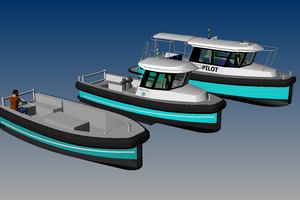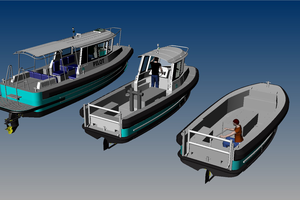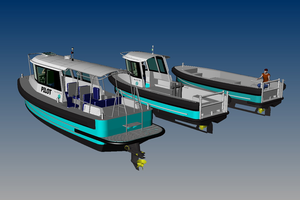The NANO workboats solve your problem!
The Problem:
Harbours, terminals, canals, locks and dredging sites require serious workboats that can perform and last under severe conditions of heat, dust, cold, rain, debris laden waters, etc.
These workboats are often driven by unskilled operators that bang and crash them many times a day. They rub against steel ships and rusty docks. They perform boarding operations on moving ships with their powerful bow waves, and suction current aft. The boats are often hoisted by ship cranes or moved to other locations by truck. Low quality, contaminated fuel is often all that is available. Engines sometimes clock over 2000 hours per year. Maintenance is often poor or inexistent and the boats are used until they fail. There are only very few serious small workboats suitable for these situations.
The NANO range however is specially developed as a solution for such applications.



